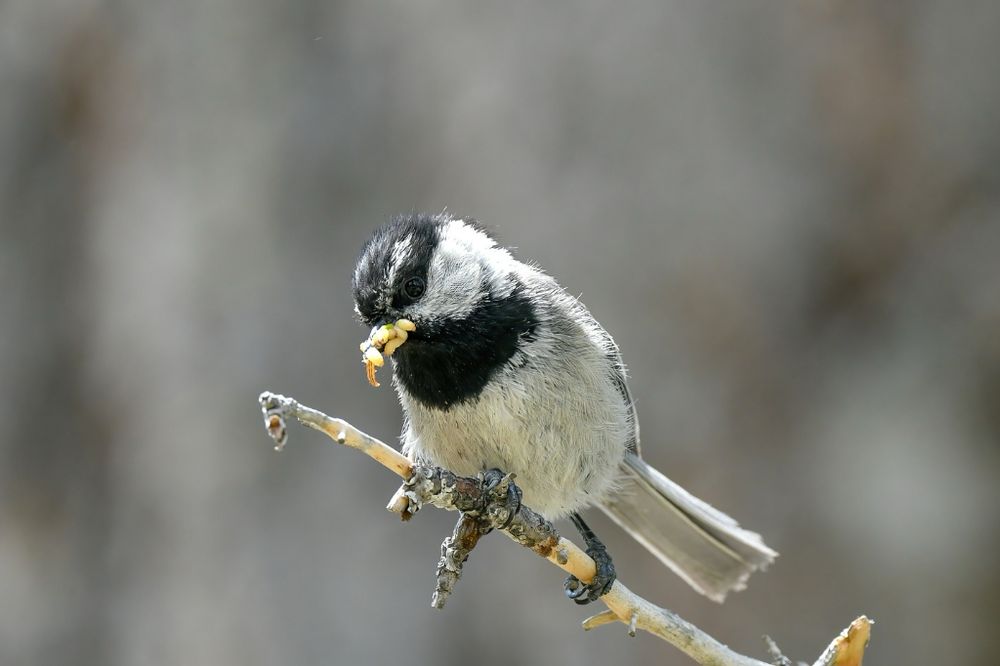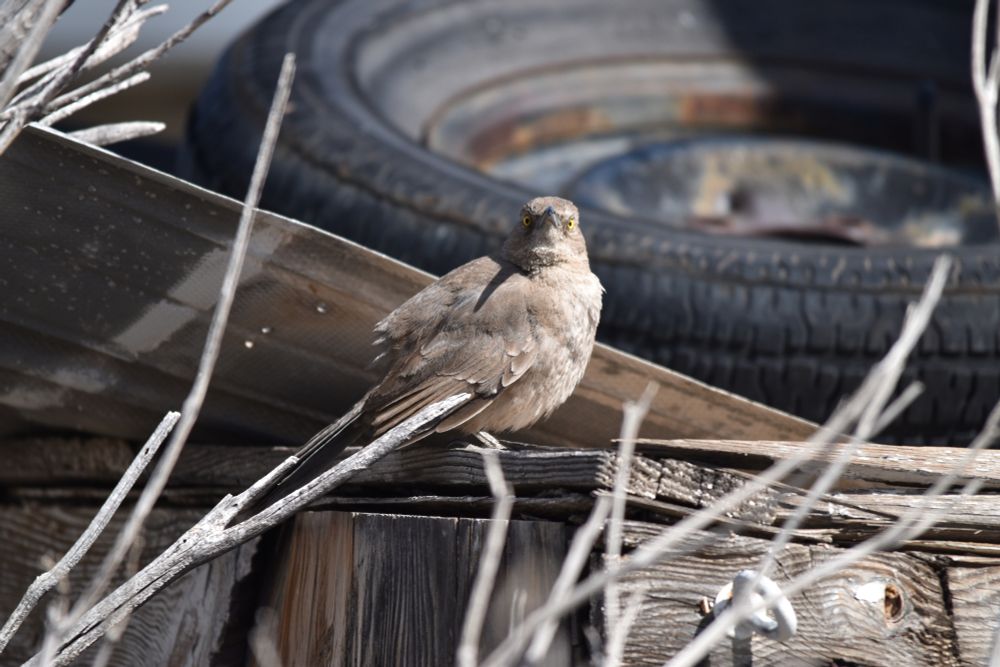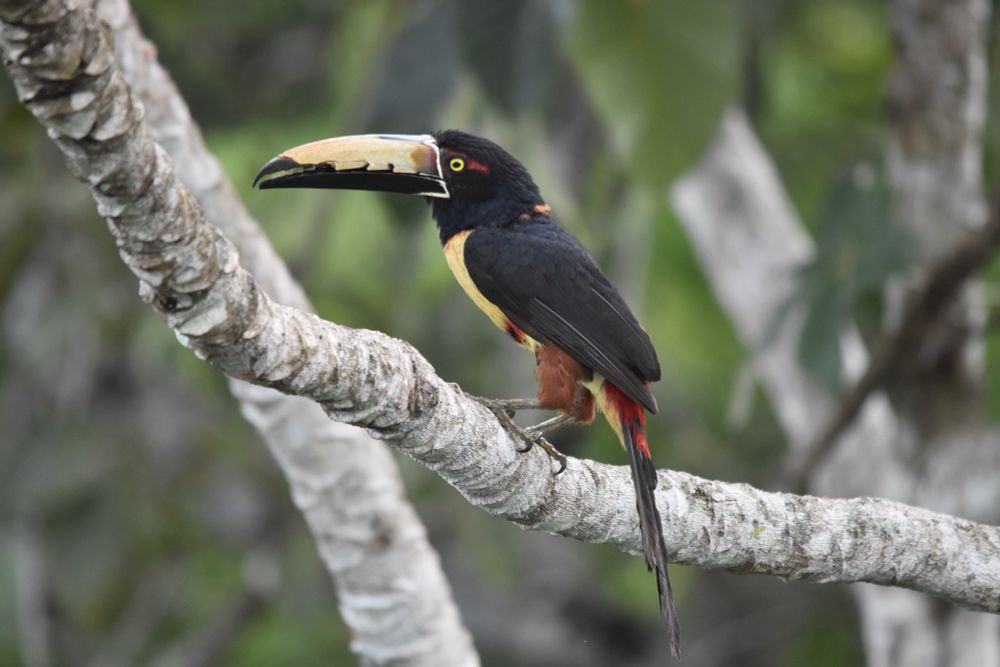Lauren Whitenack
@laurenwhitenack.bsky.social
180 followers
230 following
31 posts
PhD candidate studying mountain chickadee breeding ecology | University of Nevada, Reno
she/her/hers
laurenwhitenack.com
Photos my own unless otherwise noted.
Local activism to make birding accessible and welcoming to all people 💜
Posts
Media
Videos
Starter Packs
Pinned
Reposted by Lauren Whitenack
Reposted by Lauren Whitenack
Reposted by Lauren Whitenack
















